A carbon neutral future: Can Taiwan get there?
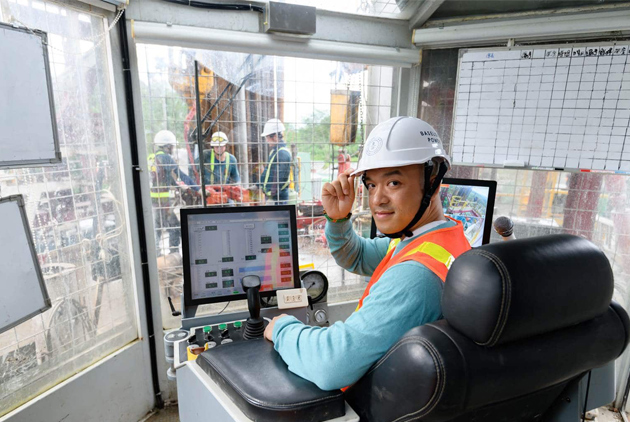
Source:Pei-Yin Hsieh
The European Union is considering a carbon border tax, and global investors are more focused on ESG and climate change than ever. How big of a challenge will it be for Taiwan to reach net zero emissions? What companies will be zero-carbon pioneers?
Views
A carbon neutral future: Can Taiwan get there?
By Kwangyin LiuFrom CommonWealth Magazine (vol. 722 )
Climate change is affecting every aspect of life, from industrial development and manufacturing to electricity use, transportation and even the food on our dinner tables.
The threat it poses has sparked urgent appeals for a transition to a net-zero emissions world, including by Microsoft founder Bill Gates in his new book “How to Avoid a Climate Disaster” published earlier this year. Gates sized up the enormous challenge: reducing the 51 billion tons of greenhouse gases emitted every year on average to zero by 2050 to avoid a crisis.
Where do these emissions come from? According to Breakthrough Energy Ventures, a coalition of private investors founded by Gates that invests in innovative low-carbon startups around the globe, the main sources of these emissions are manufacturing (31 percent), electricity generation (27 percent), agriculture (19 percent), transportation (16 percent), and buildings (7 percent).
In Taiwan, because more than 80 percent of the country’s electricity is generated from fossil fuels and its livestock industry is relatively small-scale, the ratio is quite a bit different: 55 percent of greenhouse gas emissions come from electricity, 25 percent from manufacturing, and 17 percent from transportation.
Gates believes that cutting-edge technologies and businesses can play a major role in reducing the cost of the “green premiums” needed to get to zero carbon, but said it will also require supportive public policies and the determination of the private sector.
In an Earth Day speech on April 22, Taiwan’s president, Tsai Ing-wen (蔡英文), echoed that philosophy, highlighted the global focus on reducing carbon emissions.
“Carbon reduction will prompt profound economic changes,” she said. “Whoever can take the lead in developing new technologies and creating new economic models will cement their status in a new global order.”
In Taiwan, a new group of companies has emerged whose mission is to build a zero-carbon future. They include enterprises in the high-carbon steel and petrochemical industries, construction companies transitioning into renewable energy, and even livestock operators preemptively applying for carbon credits. All of them are seizing on the zero-carbon opportunities of the future, whether in the electricity generation, manufacturing or transportation sectors.
BNP Paribas’ Taipei branch has estimated the ESG trend will create US$90 trillion in new commercial opportunities over the next 35 years, triple the current market capitalization of S&P 500 companies.
That’s why this fight to combat climate change can no longer be pigeonholed as merely an environmental issue – it has implications for exports, import duties, and global economic activity.
CommonWealth Magazine takes you through three settings in Taiwan where the battle has begun in earnest. We were given an exclusive look at the first site, one that could offer a clue to Taiwan’s future arsenal in the net-zero fight.
Setting 1: Hongye Village, Hualien County
Enter a narrow road in Hongye Village in Hualien County’s Wanrong Township and one sees what looks like a 30-meter high oil-drilling platform. Young geologists are attentively monitoring a drilling operation as the rotating drill bit makes a low, buzzing sound.
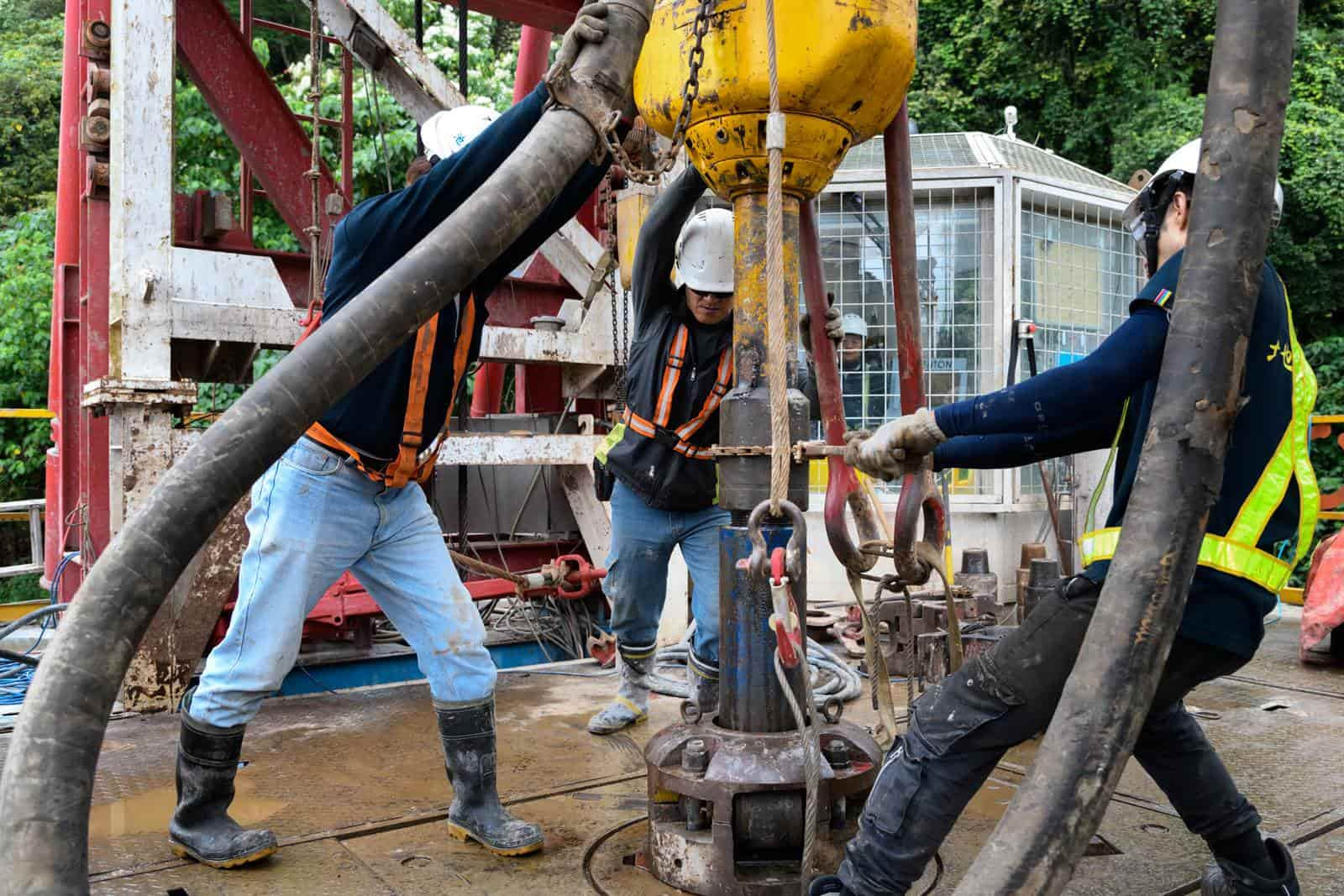
This geothermal exploration well-drilling project has been underway for a few months and has currently reached a depth of 700 meters. The team is hoping to get to at least 1,200 meters by June to determine whether thermal conditions are ideal. If all goes well, a geothermal power plant could begin commercial operations as early as the beginning of next year.
The team’s parent company is currently operating in only two locations in Asia – Japan and Taiwan.
The Taiwan operator, Baseload Power Taiwan, has remained very low key since it was founded in 2019, but it is backed by a heavyweight investor.
In 2019, Baseload Power’s Swedish parent company Baseload Capital received a US$12.50 million injection of capital from Gates’ Breakthrough Energy Ventures, which targets companies that offer pathways to reduce global greenhouse gas emissions by 1%, or 500 million metric tons, per year by 2050.
Among the companies Breakthrough Energy Ventures has invested in, Baseload Power is its first foray into Taiwan. For its part, Baseload Power has already injected US$15 million into Taiwan and expects to invest more than US$1 billion here in the future.
Taiwan’s geothermal struggles
In the middle of April, CommonWealth reporters joined Van Hoang, the chairman and general manager of Baseload Power Taiwan, on a visit to his company’s exploratory drilling site, the first time local media had been given access.
He folded his two hands together to make a circle, trying to approximate the opening of the well. In fact, its diameter was about the same as that of a 10-inch pizza.
Baseload Capital’s belief in geothermal energy, according to Baseload Capital CEO Alexander Helling, is founded on the idea that it is the most underestimated low-carbon energy in the world.
Taiwan actually got an early start on geothermal energy, when Taiwan Power Company (Taipower) built Taiwan’s first and the world’s 14th geothermal power plant in Qingshui Village in Yilan County back in the 1980s. But it shut down the plant’s operations in 1993, and development of this source of renewable energy has stagnated since.
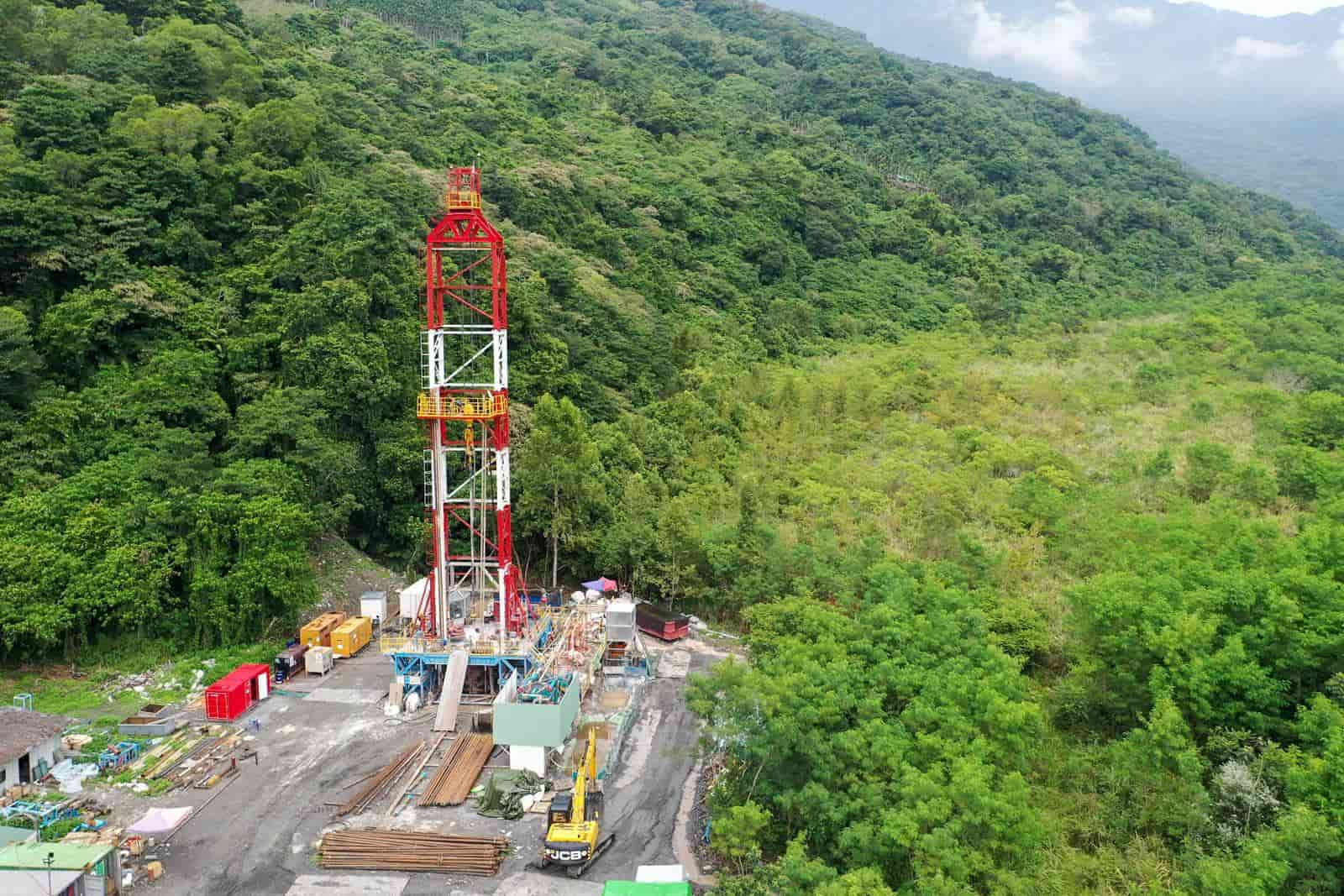 Of all the countries located on the Ring of Fire in the Pacific Ocean, only Taiwan does not have geothermal power generation on a commercial scale, while two other countries on the Ring of Fire, the Philippines and Indonesia, have developed geothermal power to a gigawatt (GW) scale.
Of all the countries located on the Ring of Fire in the Pacific Ocean, only Taiwan does not have geothermal power generation on a commercial scale, while two other countries on the Ring of Fire, the Philippines and Indonesia, have developed geothermal power to a gigawatt (GW) scale.
In 2016, Taipower issued a tender to restart energy generation at the plant, won by a joint venture between Taiwan Cogeneration Corporation and Fabulous Group. The plant is expected to finally resume operations this year, and along with Baseload Power’s site, could represent the future in Taiwan for a simple reason: land.
Does geothermal energy suit Taiwan?
Taiwan may be technologically advanced, but its small land area that is densely populated leaves it much less suited than Australia or the United States, for example, to develop large-scale solar power arrays or onshore wind farms.
Occupying a minimal amount of land just happens to one of geothermal power’s biggest attributes. Hoang said the Hongye power plant has a planned area of only 4,000 square meters, which would fit an estimated 16 150KW geothermal heat power modules from Sweden-based geothermal specialist Climeon and areas of parking and greenery. That would give the plant an installed capacity of 2.4MW, double the size of Baseload Capital’s plant in Iceland.
According to Baseload Power data, the space savings are substantial. It takes a geothermal facility of only about 900 square meters – a little bigger than a tennis court – to generate an average of 5,000 kilowatts of power per hour, about 1/100th of the area needed for a solar power station and 1/1000th of the area needed for a wind facility to do the same.
One reason for that is that solar and wind power facilities must have an installed capacity of much more than 5,000 KW to achieve the 5,000 kWh average because of their weather or sunlight constraints. Geothermal energy, on the other hand, generates consistent amounts of power around the clock.
Because geothermal power can be generated without interruption using only a small amount of land, Baseload Power is confident it has the formula to solve Taiwan’s biggest pain points – its small size and lack of available land.
That would be consistent with one of the key points in Gates’ new book. He wrote that power density – the amount of power you can get from a power plant for a given amount of land – should be a major consideration when assessing the feasibility of renewable energy development.
Exploratory drilling continues at the site in Hualien, but whether or not it hits the energy “jackpot,” that a company backed by one of the richest men in the world is developing a presence in Taiwan could represent an important step toward increasing Taiwan’s zero-carbon energy supply.
Setting 2: U.S. White House vs. Taipei Executive Yuan
The urgency brought about by the climate crisis has forced global giants to set aside their differences.
The Leaders Summit on Climate convened by the United States on Earth Day gave U.S. President Joe Biden the chance to show that the U.S. was returning to multilateralism and to invite Chinese President Xi Jinping to speak, a sign of the significance of climate issues.
“Taiwan must absolutely not sit on the sidelines,” said Vice President Lai Ching-te (賴清德) at an Earth Day seminar held by CommonWealth. He noted that at the end of last year, President Tsai Ing-wen directed the Executive Yuan, Taiwan’s administrative branch of government, to set a path toward zero emissions.
That same afternoon, Tsai met with environmental groups and declared that “the international goal of net-zero carbon emissions by 2050 is also Taiwan’s goal.”
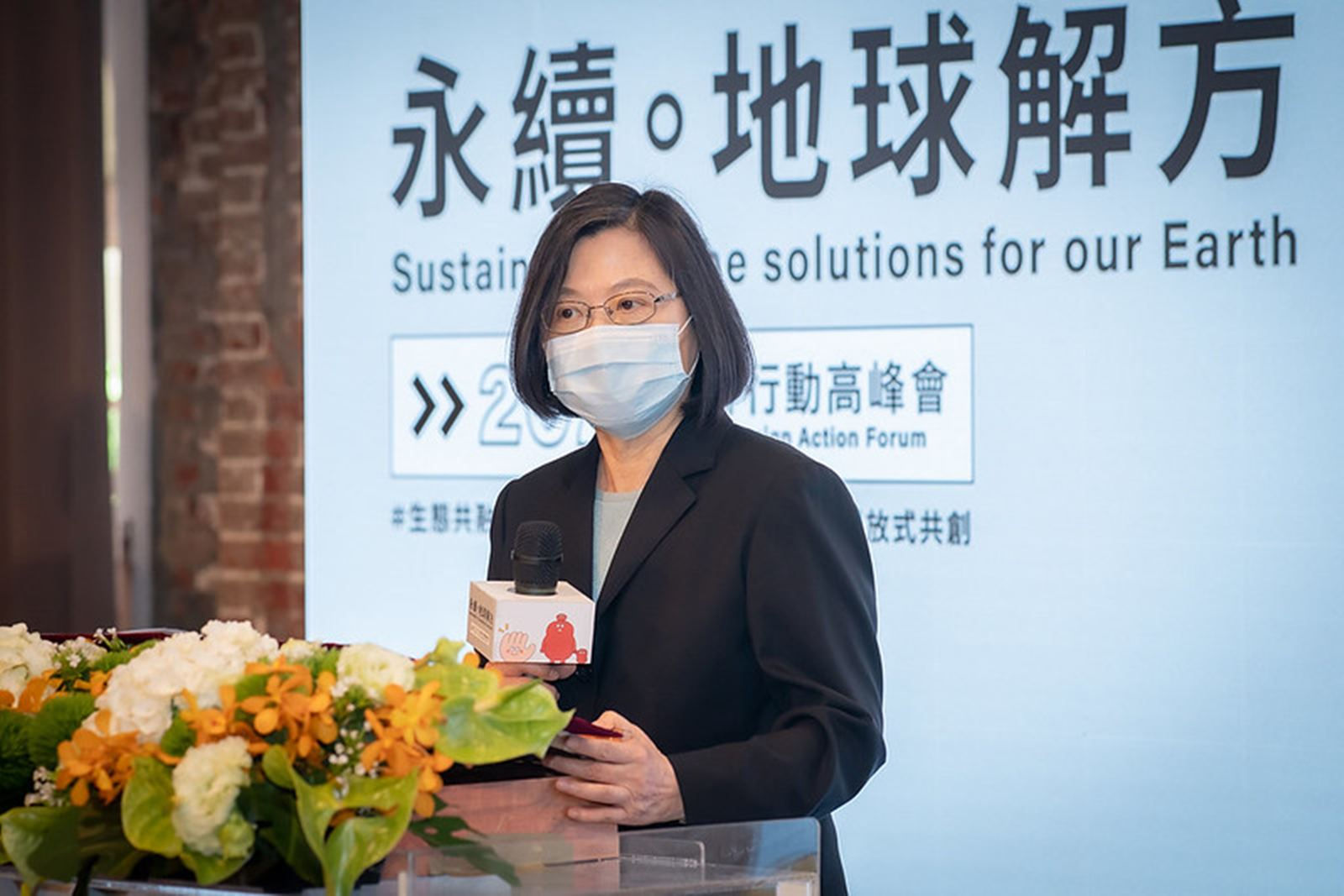
It was a sign that peer pressure to set climate goals has never been greater.
The European Union, England, France and Sweden have included a net-zero timetable in their laws, while Japan and South Korea announced a goal of net-zero by 2050 and China a target of carbon neutrality by 2060. Japan has also proposed a “Green Growth Strategy” to create a second growth curve.
Three things happened last year that transformed the net-zero carbon challenge from a seemingly academic exercise into a live-fire war.
First, in March 2020 the European Parliament adopted a resolution in support of an EU carbon border adjustment mechanism (CBAM) that would impose carbon tariffs on products imported from “less climate-ambitious countries,” to be implemented as early as 2023.
Second, in July 2020, TSMC signed a 20-year corporate power purchase agreement with Orsted to buy power from the offshore wind farm project the Danish company is developing off the coast of Changhua County. The move shocked people into realizing that zero-carbon was more than just talk – it was a real dollars and cents proposition.
Lin Tze-luen (林子倫), the deputy executive director of the Executive Yuan’s Office of Energy and Carbon Reduction, has seen the change firsthand. In the second half of last year, many companies in high-carbon emitting industries, including the cement, steel and construction sectors, invited him to speak, and he never has been this busy.
“Everybody is nervous,” he said. Five years ago, after the Paris agreement was reached, the main feeling at the time was ‘it can’t be done,’ but today there is a consensus that it must be,” he said.
Third, in November 2020, Biden was elected president, and since then, climate change has been a common theme in any diplomatic discourse by Biden or Secretary of State Antony Blinken, Lin said.
While the government seems to just be getting started on climate change, Taiwan’s companies have been hard at work preparing for the challenge for a while.
Setting 3: Company boardrooms
Since last year, WeatherRisk Explore Inc. CEO Peng Chi-ming (彭啟明) has met several times with the heads of TSMC, Delta Electronics, AU Optronics, Microsoft Taiwan, Lite-On Technology, Acer, and AsusTek.
“They have started to feel pressure from global investors,” he said.
Foremost among those applying the pressure is Apple. It announced a plan last year for its manufacturing supply chain and product life cycle to become carbon neutral by 2030, which would reduce its carbon footprint to zero. As a key player in that supply chain, Taiwan has felt the heat.
The “Taiwan Climate Partnership,” which expects to be formally established in June, will set substantive targets for carbon reduction for the supply chain. Even before the group’s inception, however, many potential participants have hesitated on climate change commitments.
Lora Ho (何麗梅), TSMC’s executive vice president for Europe and Asia sales and chairperson of the company’s Corporate Social Responsibility Committee, said that before TSMC joined the RE100, many people at the company had doubts.
“But I knew that if we didn’t sign up, TSMC would not have a future,” she said of taking part in the group, a global initiative that commits member businesses to use 100 percent renewable electricity.
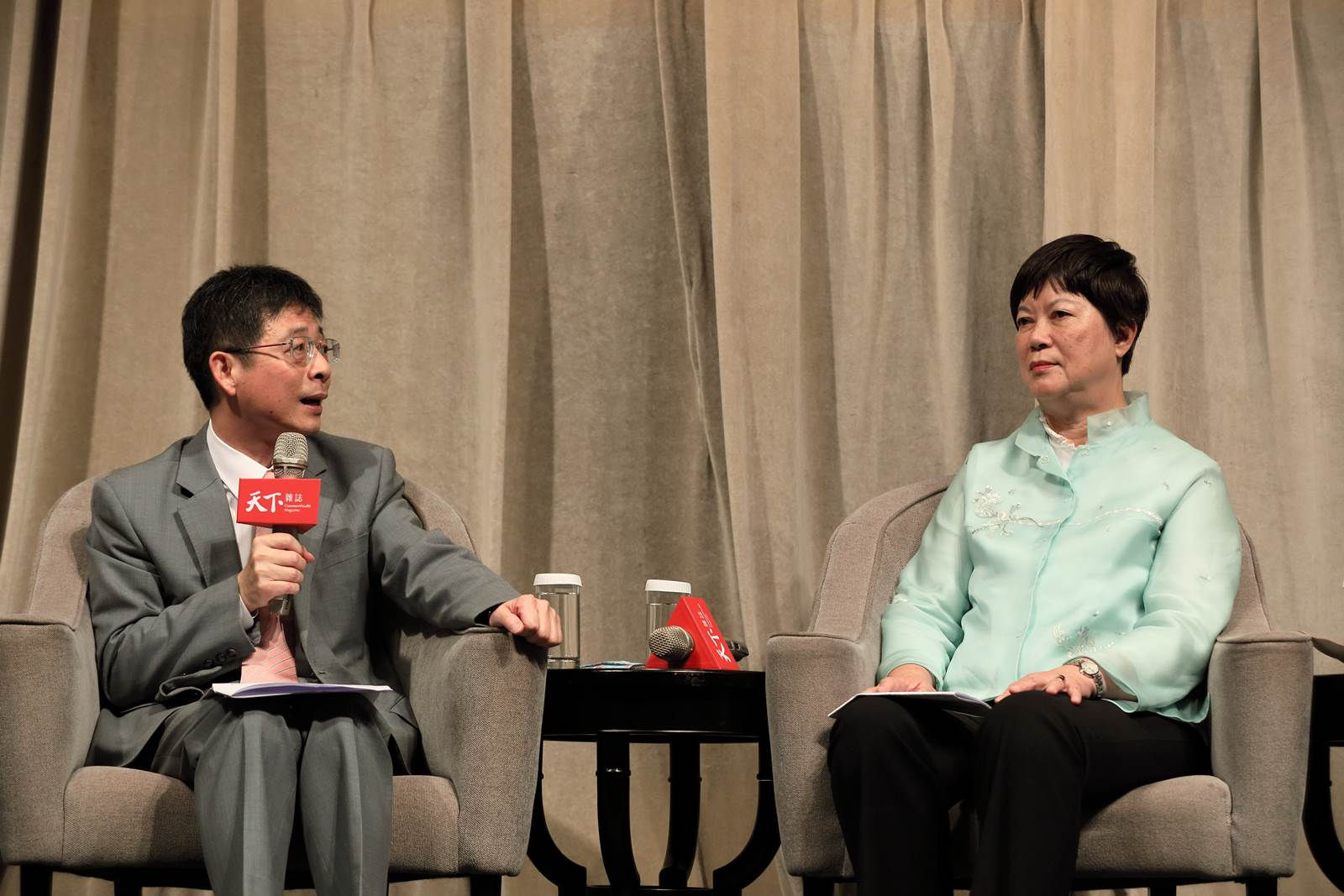
TSMC’s zero-carbon strategy consists of two main elements: using renewable energy for a quarter of the electricity consumed by its worldwide manufacturing facilities by 2030 and partnering with multinational corporations on research into carbon capture and storage technologies.
At its supplier conference, TSMC strongly urged its more than 700 suppliers to embrace green supply concepts and asked vendors who supply equipment for its advanced process operations to reduce their energy consumption by 20 percent by 2030.
Is cutting carbon up to the tech sector alone?
In the future, any company that does not commit to zero emissions could have a tough time getting financing.
In 2019, for example, E. Sun Bank announced it would no longer underwrite new loans for coal-fired power plants.
E. Sun Bank Chairman Joseph Huang (黃男州) said his bank has already committed to the Science Based Targets initiative and set a goal of achieving net-zero carbon emissions by 2050, including Scope 3 emissions that cover those occurring in a company’s value chain. That means that none of the bank’s loans can go to carbon-emitting enterprises.
“We made a bold judgment that Taiwan will definitely meet the goal by that time,” Huang said, acknowledging, however, that if all of Taiwan does not make a concerted effort to cut carbon, E. Sun Bank will not hit its target.
What tangible actions should companies take to address the new zero-carbon reality?
Huang said the first step is identifying risk, which means finding a professional consultant to take inventory of the company’s greenhouse gas emissions and energy consumption.
The second step, he said, is setting goals, such as cutting carbon emissions and reducing energy consumption by a specific amount. The third step is taking action, such as moving toward low-carbon processes or purchasing renewable energy.
The final step, according to Huang, is to conduct regular reviews and discuss adjustments as needed, or set even more aggressive goals.
Zero carbon may involve relentless pressure but also will spark innovation that carves out new opportunities. Achieving carbon neutrality is the most challenging task of this generation and will require every person, company and government agency to work hard in pursuit of the goal if we hope to protect the future of the planet.
Have you read?
♦ Low-carbon hydrogen through CO₂ Capture - ALFE’s Zero-Emission Eco-Logistics in Taiwan
♦ Is Taiwan ready for the hydrogen economy?
♦ The future of semiconductor depends on a Tainan hydrogen plant
Translated by Luke Sabatier
Uploaded by Penny Chiang






